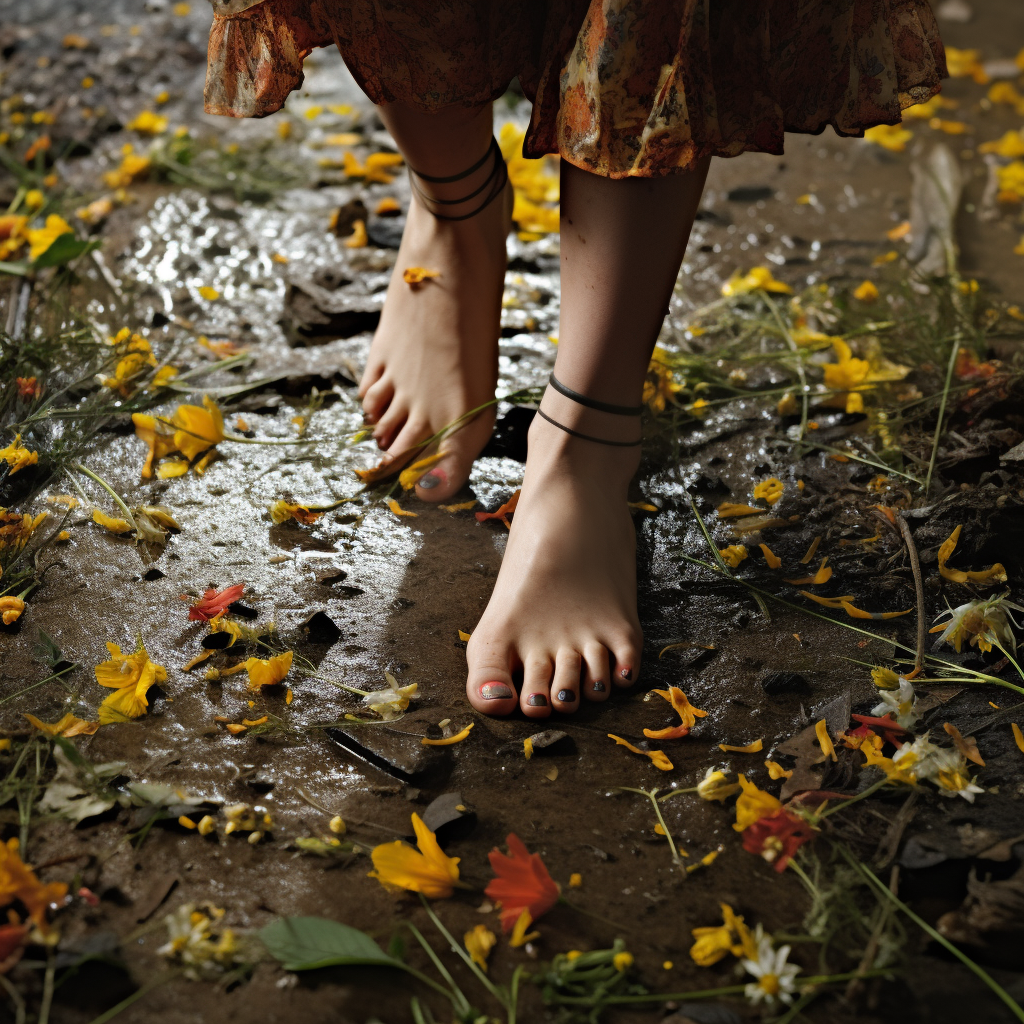Ever heard of the phrase “feeling grounded”? Well, grounding, often referred to as “earthing,” is more than just a feeling. It’s a physical act with potential health benefits that are rooted in both history and science.
Introduction to Grounding

Grounding, at its core, involves making direct physical contact with the surface of the Earth, like walking barefoot on the beach or lying on the grass. The idea is to reconnect with the planet and tap into its natural energy.
Historical Context
Historically, indigenous cultures around the world practiced grounding. They instinctively knew the significance of connecting with Earth. It wasn’t just about spirituality; it was about health and well-being.
The Science Behind Grounding
So, why is putting our feet on the ground considered therapeutic?
Electrons and the Human Body
Our planet has a negative electrical charge. When we make contact with the Earth, we absorb these negative electrons. These electrons act as antioxidants, neutralizing harmful free radicals in our body. Imagine Earth as nature’s massive power bank, charging us up!
Grounding and Inflammation
Studies suggest that grounding can reduce inflammation. By neutralizing free radicals, the electrons may prevent the damage they cause, reducing inflammation.
Mental Health and Grounding
Ever felt a sense of calm wash over you at the beach? Grounding can reduce stress, anxiety, and even depression. It’s like Earth’s way of whispering, “It’s going to be okay.”
Physical Advantages of Grounding
Grounding doesn’t stop at mental well-being. There’s a plethora of physical benefits too.
Improving Sleep Patterns
Grounding can balance cortisol levels, leading to better sleep. It’s nature’s lullaby, promising a peaceful slumber.
Reducing Pain and Discomfort
Some research points to grounding as a method for reducing chronic pain. Consider it Earth’s gentle embrace, taking away some of your aches.
Enhancing Immunity
By reducing inflammation and stress, grounding may also boost our immune system. It’s like a protective shield, courtesy of Mother Earth.
How to Incorporate Grounding into Your Routine
From walking barefoot in your backyard to investing in grounding mats, there are numerous ways to practice grounding. Even a few minutes daily can make a difference. Grounding sheets can help you stay grounded even while sleeping.
Myths and Misunderstandings
While grounding has its benefits, it’s essential to separate facts from fiction. Remember, it’s not a panacea but rather a complement to a holistic health approach.
Precautions and Considerations
If you decide to go barefoot, be mindful of the terrain and potential hazards. It’s all about connecting safely.
Conclusion
Grounding offers an avenue to tap into Earth’s natural energy, promising various health benefits. From mental well-being to physical advantages, grounding is a practice worth exploring. And remember, every step you take barefoot is a step closer to nature’s embrace.
FAQs
- What is the basic principle behind grounding?
- Grounding involves making direct contact with the Earth’s surface to tap into its natural energy.
- How does grounding affect mental health?
- Grounding can induce feelings of calmness, reduce stress, and potentially alleviate symptoms of anxiety and depression.
- Are there any risks associated with grounding?
- While grounding is generally safe, it’s crucial to be aware of the terrain and potential hazards when walking barefoot.
- Can grounding improve sleep?
- Yes, grounding can balance cortisol levels, which may lead to improved sleep patterns.
- Do I need to ground for hours for it to be effective?
- Even a few minutes of grounding daily can be beneficial. It’s more about consistency than duration.
